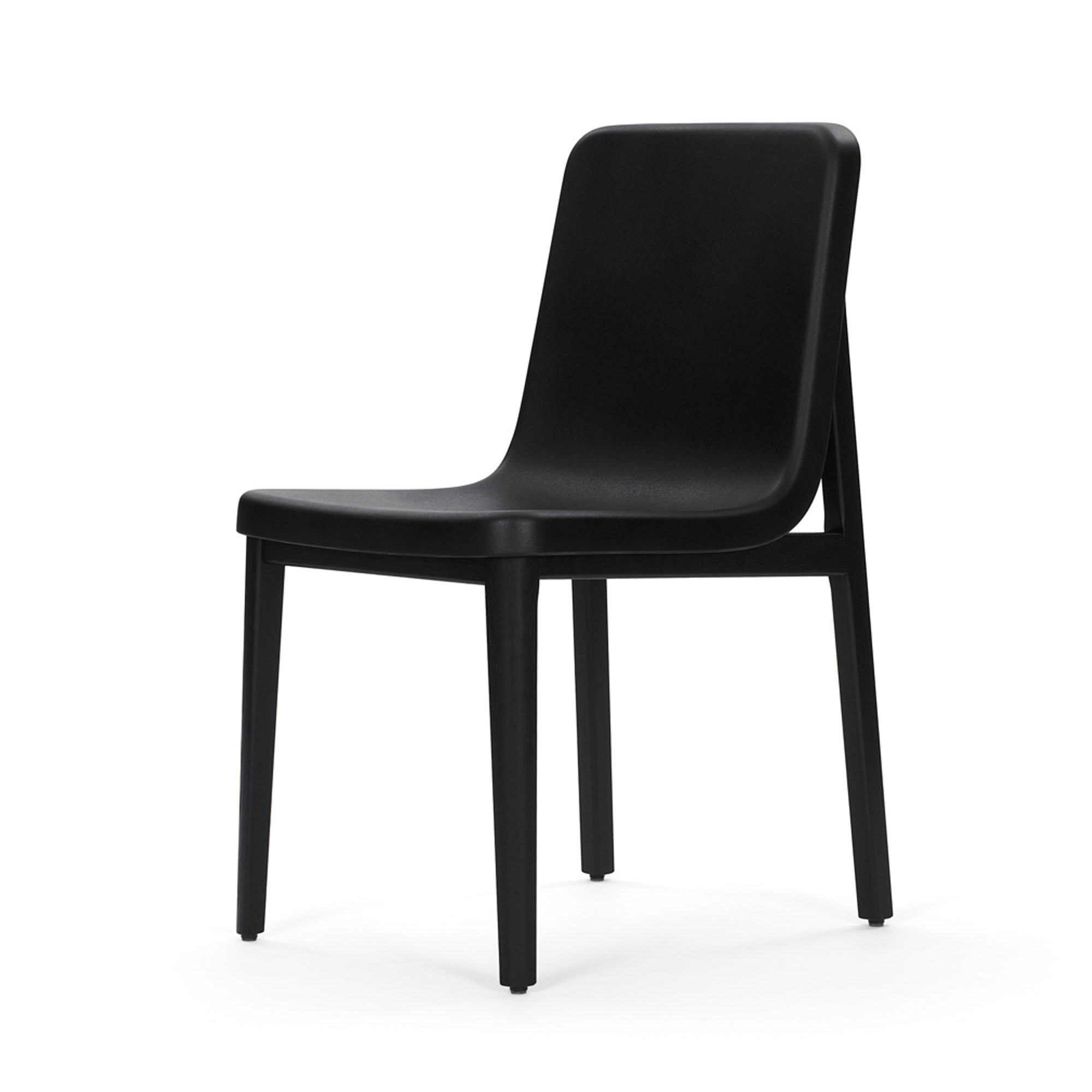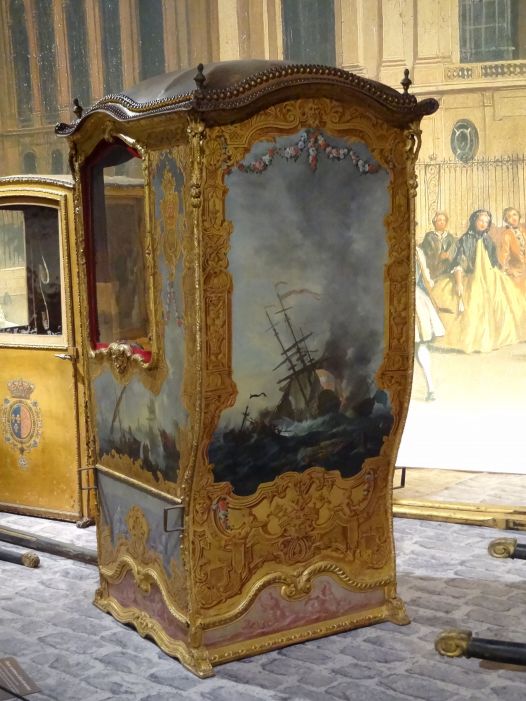Sedan chairs carried wealthy people around Edinburgh, particularly in the City's Old Town, where the tightly packed houses made some of the streets too narrow to allow a carriage to pass along them.
Sedan chairs permitted passengers to be carried from door to door, and even from inside one building to another, avoiding the need to walk along the filthy streets, where their expensive clothes and footwear could get dirty.
Rich people sometimes had their own elaborately decorated chairs, but plain black painted chairs could be hired, a bit like hiring a taxi today.
A 1768 list of fares in Edinburgh suggested a fee of 6d (2.5 pence) for a journey within the City, 1 shilling and 6d (7.5p) for a journey half a mile outside the City, and 4 shillings (20p) for a whole day's hire.
Sedan chairs were carried on long poles placed through brackets at either side of the chair. The door was at the front so the passenger could get in and out without the poles being removed. Two people known as 'Chairmen' were needed to carry each chair. Many of the Chairmen came from the Highlands of Scotland. They had to be strong, fit and healthy as they were often standing outside in all weathers.



- How to pronounce sedan chair. How to say sedan chair. Listen to the audio pronunciation in the Cambridge English Dictionary.
- Sedan chairs were once the only public conveyance in Hong Kong, filling the role of cabs. Chair stands were found at all hotels, wharves, and major crossroads. Public chairs were licensed, and charged according to tariffs which would be displayed inside. Private chairs were an important marker of a person's status.

Sedan Chair Egypt

Sedan Chair Pictures
Definition of sedan chair: a covered chair that is carried on poles by two people and that was used in the past for carrying a passenger through the streets of a city Learn More about sedan chair. The sedan chair was a popular form of non-wheeled transport in Europe until the 19th century. It was fitted with a seat for one person, and was carried by two or four chairmen (depending on the occupant's weight), who lifted it using two long poles that slotted into brackets on the side of the chair, attached to leather straps that hung round the chairmen's necks.
